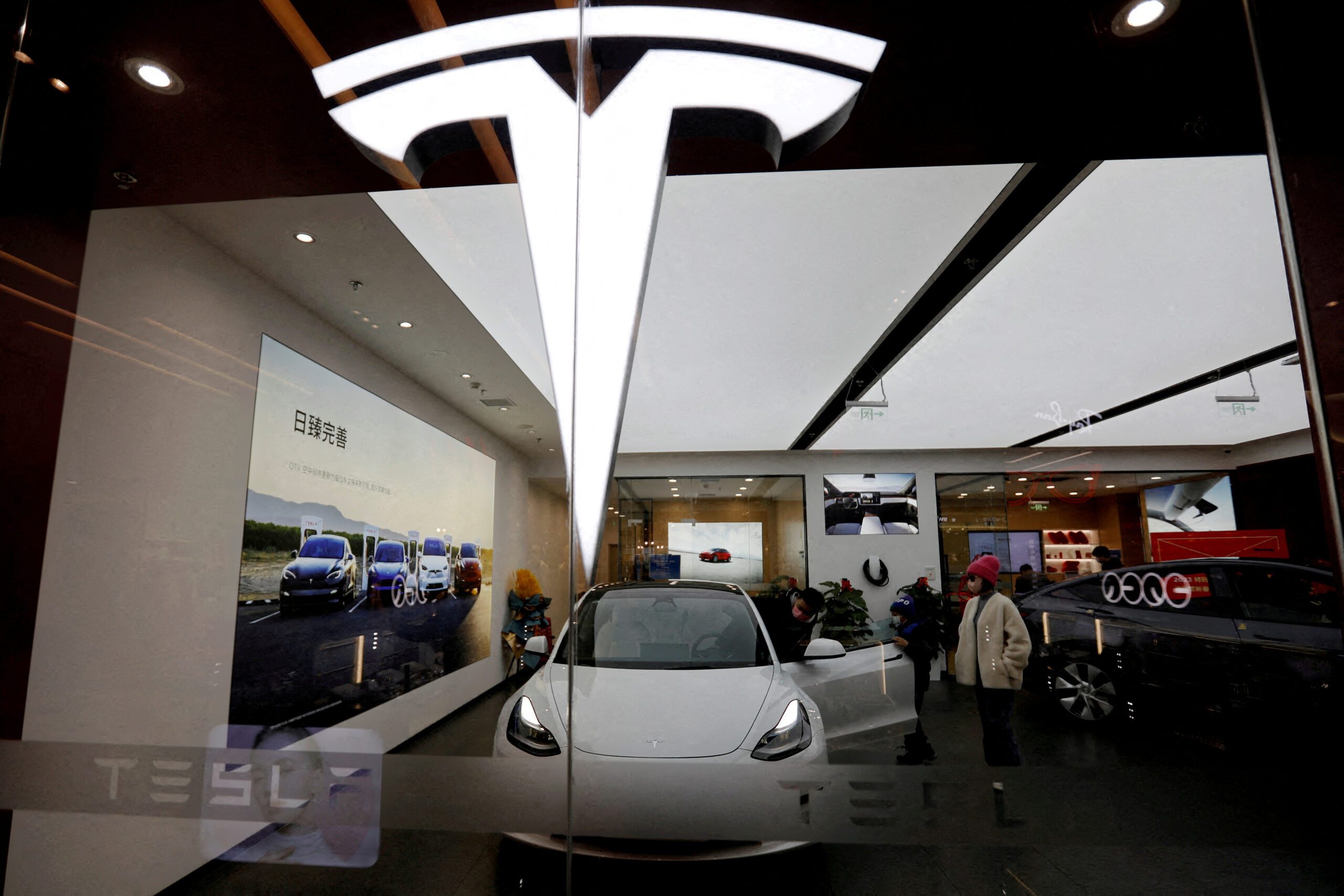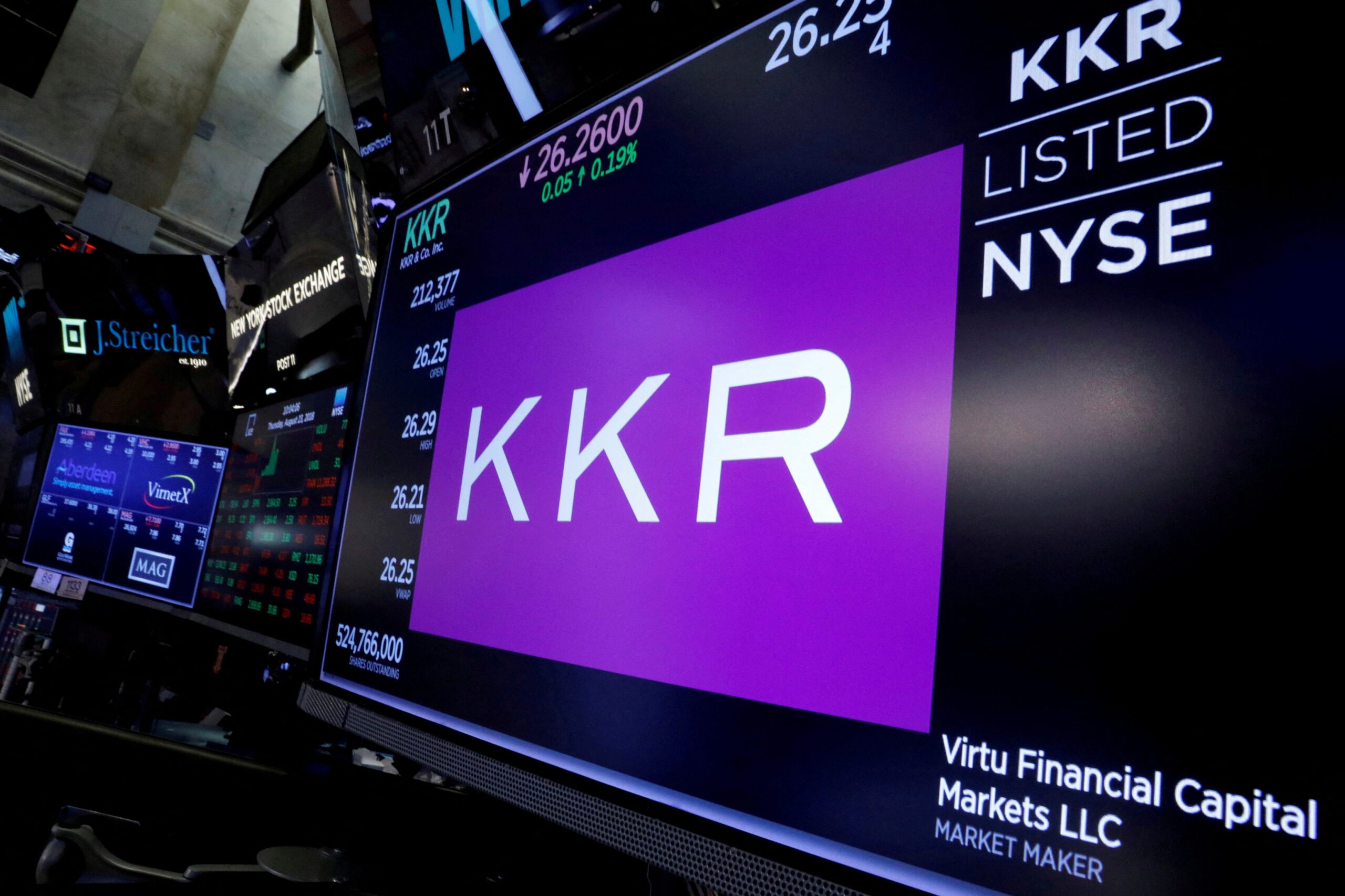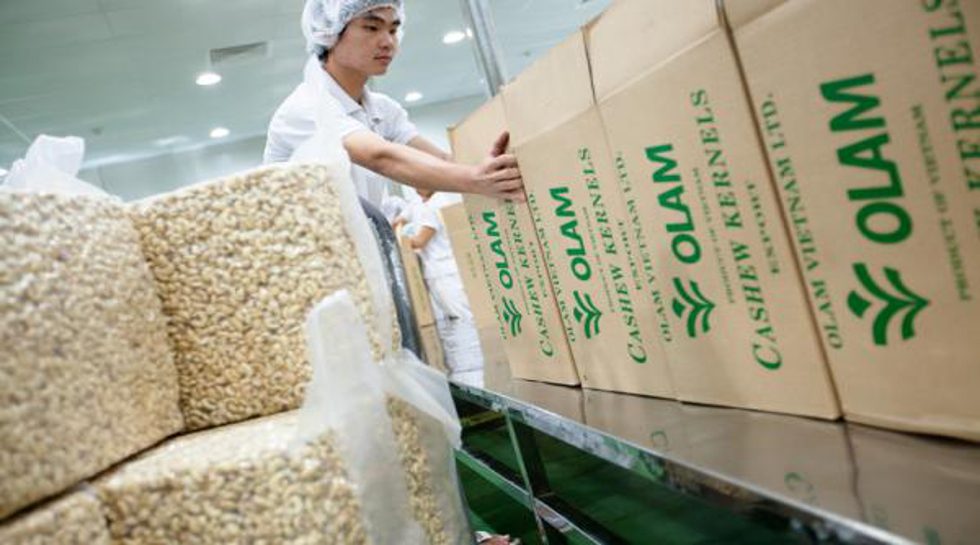TOKYO, Japan — The Bank of Japan announced a new credit facility for banks lending to climate-change-related projects or enterprises on Friday, as the country works to accelerate its clean-energy transition and decrease emissions. The move occurred after the central bank said on June 18 that the new facility would be introduced this year. Before the autumn, specific details will be worked out, and the program will commence by the end of the year. The initiative will replace the current facility for encouraging growth-supporting loans, which will expire in June 2022. The BOJ has given 0.1 percent loans for up to four years to banks that have financed projects that are assessed to contribute to economic growth under the growth-supporting lending facility. A total of 7.5 trillion yen ($68 billion) in loans are owed to the facility. The central bank will be able to lend to commercial banks at zero interest rates for up to a year under the new climate lending program. The BOJ also provides banks with an additional incentive by exempting some of the funds they maintain in the central bank account from negative interest rates. According to economists, the BOJ is following Prime Minister Yoshihide Suga’s government’s sustainable energy initiative. By 2035, the government plans to prohibit the sale of new gasoline-powered vehicles, with the goal of achieving carbon neutrality by 2050. Green bond issuance by Japanese corporations has increased in recent years, reaching about $10 billion last year. However, it is still insignificant in contrast to those in the United States or Germany. The BOJ’s decision is likely to hasten Japan Inc.’s transition to clean technology and position the country as a climate leader. Meanwhile, the BOJ chose the same day to maintain its main policy levers, including short-term interest rates at minus 0.1 percent and long-term rates at approximately zero percent. According to a second report, the bank’s nine policy board members expect the economy to grow 3.8 percent in fiscal 2021, down from April’s forecast of 4.0 percent, and 2.7 percent in fiscal 2022, up from April’s forecast of 2.4 percent./n
Read MoreBOJ to offer interest-free loans under new climate facility
2021-07-16T03:07:29-04:00July 16th, 2021|





